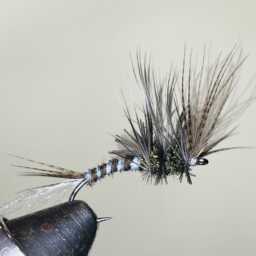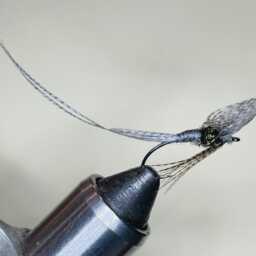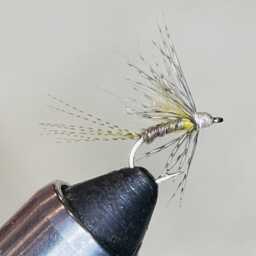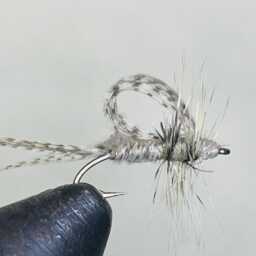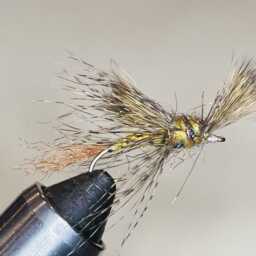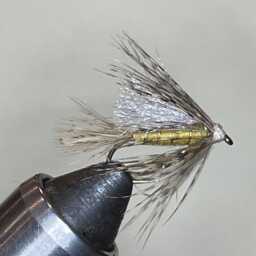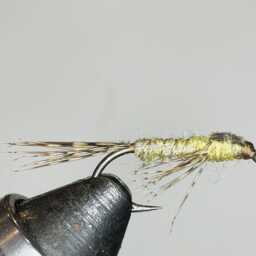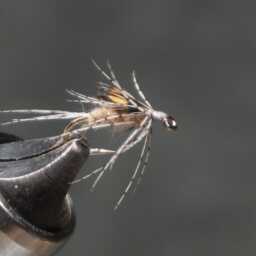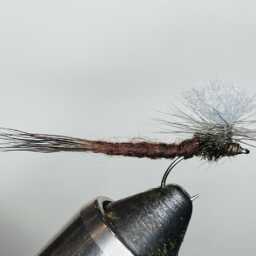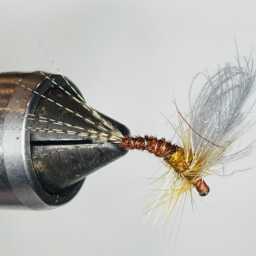The European polecat (Mustela putorius), also known as the common polecat, black polecat, or forest polecat, is a mustelid native to western Eurasia and North Africa. It is characterized by its dark brown fur with a pale underbelly and a distinctive dark mask across its face. Color mutations are relatively common, including albinos, leucists, isabellinists, xanthochromists, amelanists, and erythrists.
The European polecat has a shorter, more compact body compared to other mustelids, with a robust skull and strong dentition. It is less agile but well known for its ability to secrete a foul-smelling liquid to mark its territory.
In winter, its fur is brownish-black or blackish-brown, with a mix of dark guard hairs and lighter, whitish-yellowish underfur that creates a contrasting effect. The throat, lower neck, chest, and abdomen are black or blackish-brown, while the limbs and tail are pure black or black with brown tints. The summer fur is shorter, sparser, and coarser, appearing greyer and duller, with less developed underfur.
Polecats display two major phenotypes: a typical one and a darker variant without a black mask. Rare color mutations include erythristic individuals with bright reddish underfur and reddish-brown guard hairs, and “amelanistic” or “isabelline” individuals with a very light golden-yellow color.
Fitch’s tail, similar to the stoat’s tail but slightly longer, is used for hair-dressed salmon flies and streamers. The hair is hard, flossy, and thin, with an average length of 2 to 4 cm and the tail about 20 cm long.
The underfur is a good natural dry fly dubbing. Tail fibers are commonly used for hair wings on salmon flies.
« Back to Glossary Index

